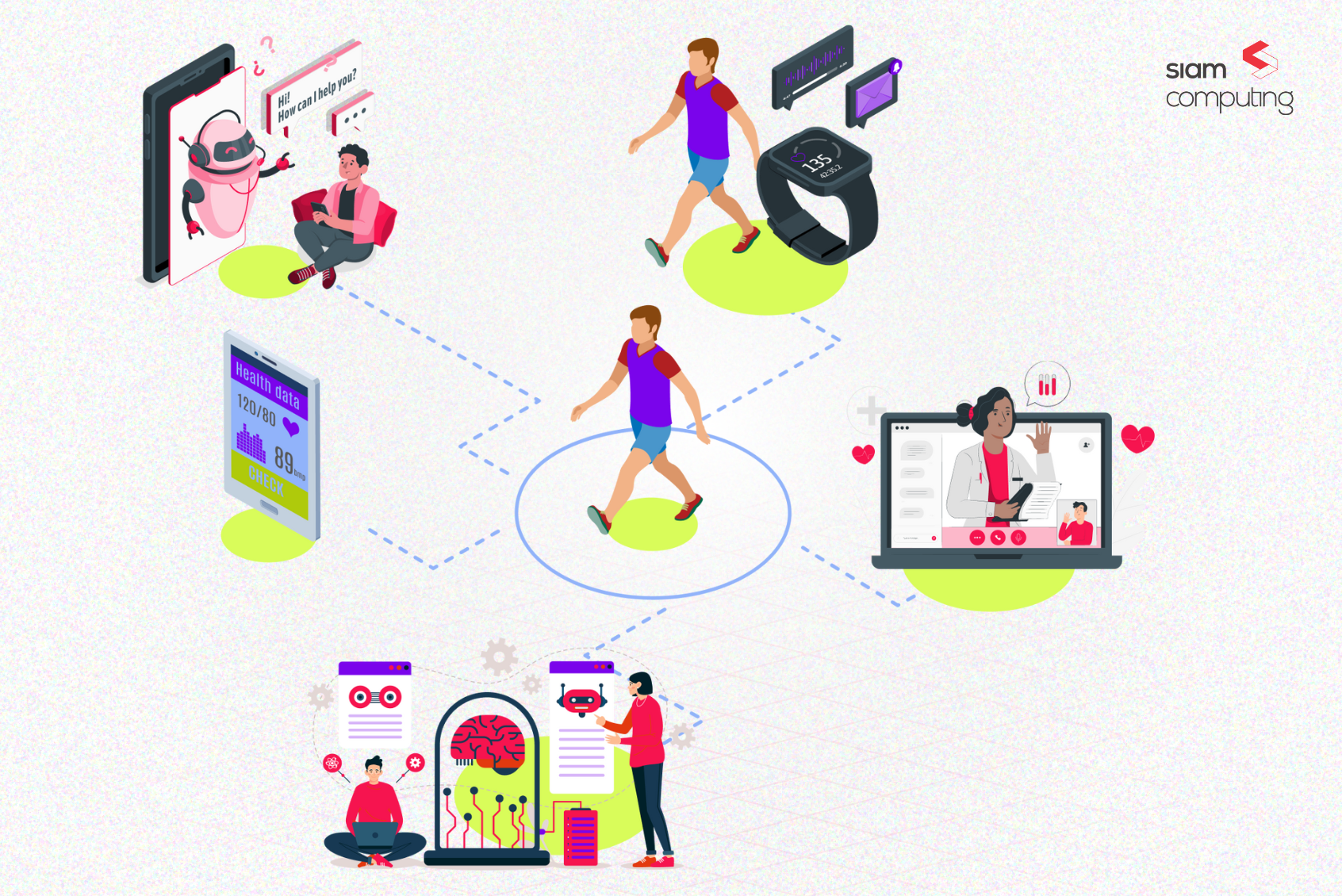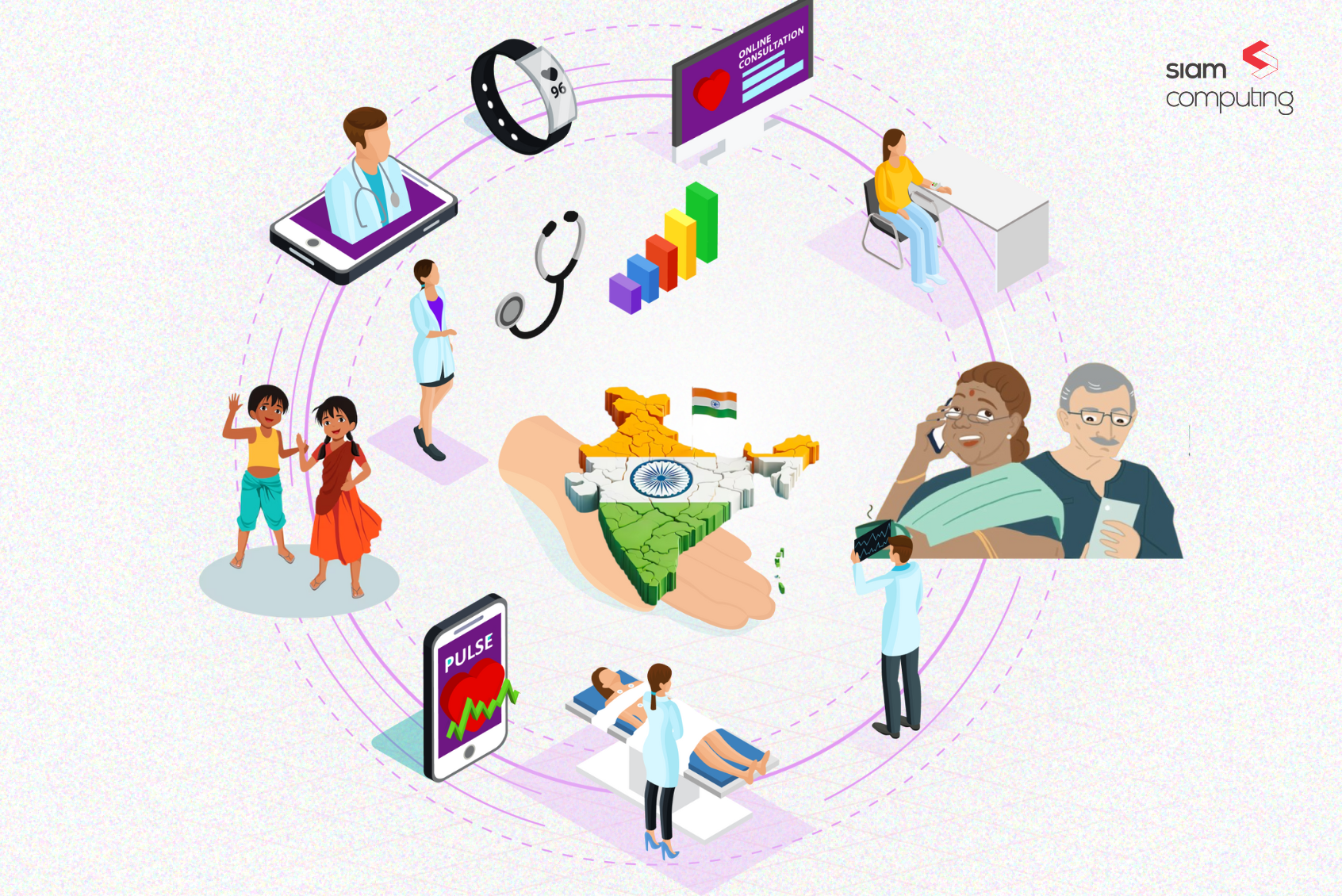The term “Minimum Viable Product” is popular in the tech world. It is also known as MVP, which stands for Minimum Viable Product. It means that it is a product with just enough features to start the business and test its viability in the market. This can be achieved by creating a prototype of the product and testing it with customers to know if they like it or not. An MVP helps entrepreneurs validate their ideas before investing time and money into building out an entire product or service. The idea behind this is that if they can find out that their vision has some potential, they can build out a full-fledged product or service. With that stated, let’s walk through this blog to learn how to build an MVP for your startup in 3 simple steps.
What is an MVP?
The term “MVP” is often used interchangeably with “minimal viable product.” However, some critical distinctions between the two make it essential to know the difference. An MVP is usually a product that has been stripped down to its core features and provides users with just enough information about what your company does for them to decide whether or not they want to use it. The answer to the question, ‘how to build an MVP?’ is that you need to identify your key assumptions and build a prototype to test them. The main goal is to validate assumptions with the least amount of time, money, and effort.
Picture Credits – Unsplash
Why Build a Minimum Viable Product?
The Minimum Viable Product is a term that originated in the software development world to describe a product that has just enough functionality to provide feedback and learnings. The idea of this type of product is that it can be deployed quickly and at a low cost, hoping to test assumptions before investing heavily in full-scale production.
The term was first coined by Frank Robinson, who was working on a project for Hewlett-Packard. He wanted to create a calculator program, but he didn’t know how it should work. So he made a prototype for an early program version that could calculate square roots. This allowed him to experiment with different designs and learn from his mistakes before investing more time and money into the project.
What are the Benefits of Building an MVP?
A Minimum Viable Product (MVP) is a product with just enough features to satisfy early customers. The objective of an MVP is to test the viability of a business idea and get feedback from customers. The benefits of building an MVP are:
- It enables you to test your assumptions about the product or service before you invest heavily in it.
- Before investing in them, it allows you to test your price point, sales channels, and marketing strategies.
- It will enable you to find out what people want and need by collecting feedback from real users.
- The MVP can be used as a starting point for further development or a base for future products.
—>Try out our MVP Development to test your initial ideas before you fully invest in them.
The Key Elements of a Successful Minimum Viable Product
A Minimum Viable Product is a product with just enough features to satisfy early customers. The critical elements of a successful Minimum Viable Product are:
- A clear problem statement
- A set of users who have the problem
- A solution that is easy to use and can be delivered quickly
- A way to measure the success of the product
- Feedback loops that allow for continuous improvement
What Does Your MVP Need to Include?
The goal of an MVP is to test the product idea on a small group of people and get feedback. It’s not about being perfect or having all the features; it’s about getting to the core of what your product is and what it does.
The MVP should include:
- The core functionality of your product
- A simple design with just enough features
- A minimum number of users
- Feedback from users on their experience with the product
The minimum viable product is one of the most common types of products for startups and entrepreneurs to create, but it can be challenging to know which features should be included for it to be successful. There are many different types of MVPs, and each one has its own set of features necessary for success.
Picture Credits – Unsplash
How to Build a Minimum Viable Product in 3 Easy Steps?
Building a Minimum Viable Product is a necessary process that you have to go through to launch your product. The method of creating a minimum viable product is not just about having the most minimal idea and then going ahead with it. You need to understand what your potential customers want and what tools they use. You also need to analyze the market and find out which features of your product will make it stand out from the crowd.
—>Test the market and stay ahead of competition with our MVP Development.
Let’s now learn how to build an MVP in 3 easy steps:
- Identify Your Problem and What you want to Solve with the MVP
- Define the Users and Target Audience of your MVP
- Develop Your MVP’s Core Features and UI Design
Step 1: Identify Your Problem and What you want to Solve with the MVP
The first step to building an MVP is identifying the problem and what you want to solve with this MVP.
The best way to identify the problem is by asking yourself:
- What do I want to achieve?
- Who am I solving for?
- What are my users’ needs?
- What are the pain points of my users?
Once you identify your problem, you can start solving it. The best way to do so is by creating a prototype of your product that would solve your problem and then testing if it solves the user’s need.
Step 2: Define the Users and Target Audience of your MVP
A user is a person who uses the product. A target audience is the people or group of people the product aims at. The most important part of this step is identifying your target audience and what they want in a product. You also need to identify their pain points, which are their problems with current products on the market. This will help you design an MVP that will solve these pain points while fulfilling their needs and wants with the best possible solution.
Step 3: Develop Your MVP’s Core Features and UI Design
The third step in developing your MVP is to create the core features and UI design. The core features are the main functions of your product that you want to test with a small number of users. For example, if you are designing a fitness app, the core features might be logging workout sessions, tracking weight loss progress, and setting fitness goals. The UI design is the look and feel of your product. The goal is to create an intuitive interface that will make it easy for users to use the product.
Picture Credits – Unsplash
How to Ensure Your MVP is Successful
When creating a product, it is essential to know whether it will be successful or not. One of the best ways to get feedback on your product is using an MVP (Minimum Viable Product).
The goal of an MVP is to test a product idea and determine if there is a market for it. An excellent way to ensure that your MVP will be successful is by looking at the following steps:
- Create a prototype of your product
- Test it with potential customers
- Get feedback from them
- Iterate on your prototype, if necessary
- Repeat steps 1-4 until you have something that people want
The Importance of Prototyping in Building an MVP
Prototyping is the process of creating a model, or a mock-up, of an upcoming product. It’s used to test out different designs and see which one will work best. It allows for a more interactive and visual way of designing and building a product.
Prototyping is not only used to create MVPs, but it also provides an opportunity to test the idea with customers and get feedback on their thoughts on the product. This feedback can be used to make needed changes before launching the product.
Prototyping helps you save time and money by testing your idea before you invest in it. It also enables you to create a better product because you have more time to think about what will work best.
Conclusion…
An MVP is a simple, low-cost solution for testing a business idea. It can be as simple as a landing page with a form or as complex as a fully functioning website with bells and whistles. Building an MVP is a crucial step in any new business. It’s important to know that you are making something that people want and not just something for the sake of building it. Developing an MVP is not a simple task. It requires a lot of time and effort to succeed. However, when done correctly, the benefits are well worth it.
Are you having a tough time figuring out how to build an MVP for your startup? Reach out to us now! Let’s figure it out together.








